How to Make a Great Travel Itinerary
Article and photos by Robert Reid
"How to Enjoy the World" Columnist
5/2014
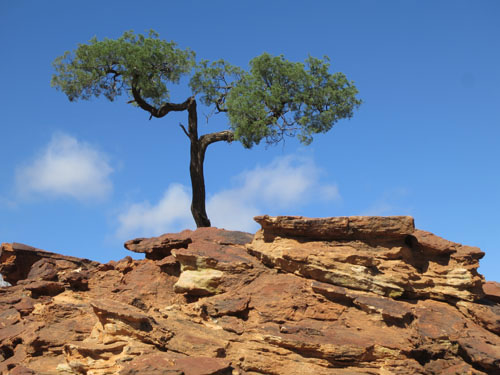
|
|
Australian Outback near Broken Hill.
|
Some say a trip’s rewards come at an inverse relationship with anticipation. The less you think about it beforehand, the greater it will be. It’s awful advice, really. Planning a trip — and getting excited from all the planning — is half the fun of travel. And that’s the only way you can be sure you’re going to have a personalized trip you really want.
So here are some ways to do that. (And not one of them includes an app.)
Don’t Chase Deals
The most overused method of picking places to go is chasing deals or cheap airfares. Instead be honest — most of us have too little vacation time to squander anyway — and start with what (and where) you want. Find the deals after you know where you really want to go.
Be A Guidebook Troll
User-generated sites like TripAdvisor are mostly helpful, but only once you know (precisely) where you’re going. If you aren’t sure, start by trolling guidebooks and travel books at a library or bookstore for half an hour: they really remain the MVP of travel planning. I’ve written before that most of a guidebook’s life should be over before you leave home, not after you arrive on your trip.
So if you’re thinking Latin America (maybe some ruins, colonial towns, a beach, good food) but don’t know where to go, flip through a South America and Central America guidebook. Scroll the highlights up front, read the intros of each chapter, zero in on a couple countries that appeal to you. Then scour intros or highlights of towns and smaller regions. You can learn a lot very quickly.
Example: My Peru Test
To show how to troll like an expert, I tested myself with a place I know next to nothing about: Peru. I did know Lima’s supposed to have good food, Machu Picchu is near Cuzco (and sometimes walked to), somewhere between is the Nazca Lines seen by air tours, and there’s a remote Amazonian city with no roads reaching it (Iquitos).
And… that’s about it.
So I spent half an hour with a Lonely Planet Peru book, assuming nine days’ vacation time, and learned a lot.
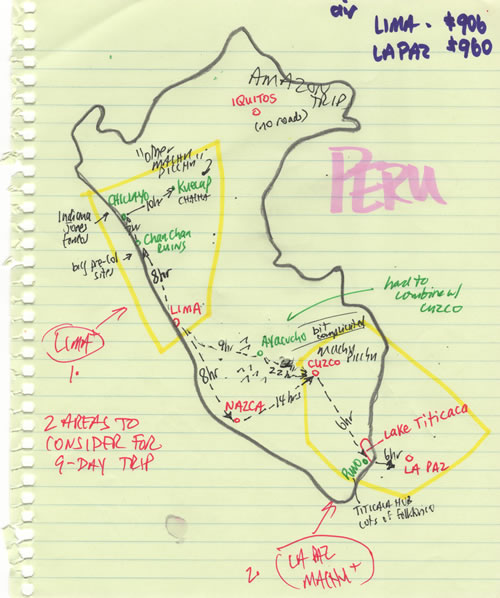
|
|
Robert Reid's Peru planning map and notes.
|
For starters, I didn’t realize that Lima is over twice as far, on the ground, to the ancient site of Machu Picchu as La Paz, Bolivia. Flying to La Paz instead makes more sense for a short trip, which can easily include Lake Titicaca or the folklorico scene of Puno, Peru.
Continuing with the book though, I found an appealing alternative to Machu Picchu at Kuélap in the northern highlights. It’s away from the crowds, and the route there passes through giant pre-Columbian sites and spooky “Indiana Jones-style” tombs on the way from Lima.
This is only the start of research, but it really whets my appetite for a lesser-seen side of Peru to the north. (Now I only wish I were going.)
Make a Map
For those of us not planning on high-end tours, or taking a series of domestic flights in a destination, the transport details of a place are one of the holy grails that are hard to find outside of a good guidebook. I always map out alternatives.
When working on a Trans-Siberian Railway book, I created a helpful web of options, with costs and duration of trips to help plan my calendar.
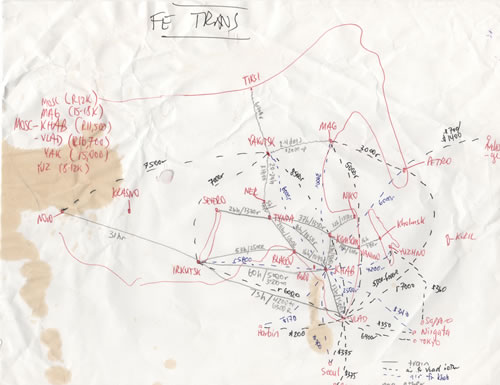
|
|
Robert Reid's Trans-Siberian Railway book map and notes.
|
Most trips are less complicated than Siberia. My Peru example above shows how I quickly pegged two potential routes for a nine-day trip, one from Lima, the other from La Paz.
Reading & Netflix Are Your Friends
Once I settle on a destination, my first question is “what can I read?” and “what can I see?” I look for great travelogue books, a history book, novels, and movies set in or about a place too — and give myself time before a trip, so I can pre-absorb myself into some of the culture of a place.
For a recent trip to Broken Hill, Australia, I looked up books on the Outback and ended up reading Bill Bryson’s superb In a Sunburned Country, then more about failed Australian explorers of the Outback (Australia’s “Lewis & Clark” actually packed an oak writing desk for their doomed adventures), and Bruce Chatwin’s amazing travelogue Songlines about Aboriginal dream stories that link places.
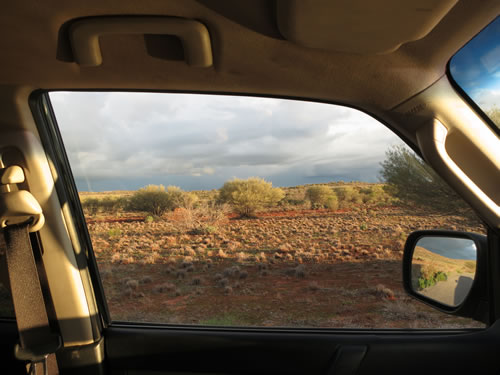
|
|
View of Outback outside Broken Hill.
|
I watched Outback films too. The best, by far, was 1971’s Wake in Fright (Australian singer Nick Cave called it “the best and most terrifying film about Australia,” which says a lot). Nearly all of it takes place in Broken Hill, where a teacher on Christmas break can’t get out of town after losing all his money in a coin-toss game of “two-up.”
Wait, two-up?
Then I looked that up. The gambling game is linked to World War I, and played across Australia every Anzac Day — April 25 — on the anniversary of the failed charges at Gallipoli. (And, hey, Sydney’s AC/DC even made a song about it!) But only in Broken Hill can you play it weekly all year. So I went on a Friday night — and found myself in the mural-filled, timeless “hotel” (pub) seen in the film Priscilla Queen of the Desert.
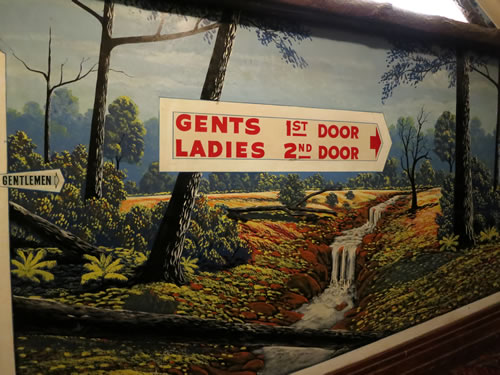
|
|
Broken Hill's mural-filled Palace Hotel.
|
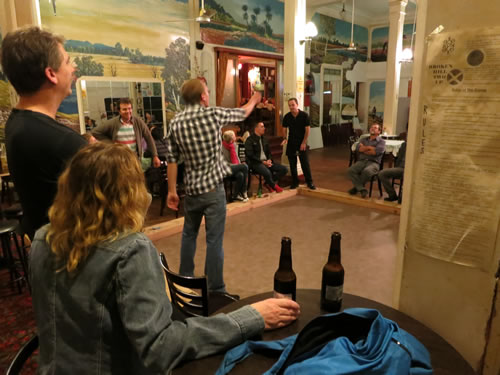
|
|
Friday night means "two-up" at Broken Hill's Palace Hotel.
|
Seriously, What Do You Like?
More travelers should consider appointing themselves quests for a trip. A good way to think of that is looking at the things that already appeal to you.
Think of movies with scenery or settings that wooed you, and then look them up (e.g. Richard Linklater’s Vienna from Before Sunrise). Or find out where Led Zeppelin wrote “Stairway to Heaven” — likely Jimmy Page’s Bron-y-Aur cottage in Wales — and make a pilgrimage to the area rife with hikes into the skies.
As a travel writer, I’ve been lucky to do this sort of thing many times, and the results are typically my most proud creations.
I once created a road trip contest to New York’s Long Island out of Billy Joel lyrics, or volunteered at the “Mountie factory” in Saskatchewan to learn the truth behind the red serge jackets, and used a Monopoly board as a “guidebook” to Atlantic City, the inspiration of all its properties including the famed boardwalk.
Anyone can do this. Just follow those things already bouncing around our curiosity-box. And let your itineraries make them real.
Robert Reid has written a couple dozen Lonely Planet guidebooks, talked travel on TV shows like the Today Show and CNN Headline News, and writes regularly for National Geographic Traveler. He lives in Portland, Oregon.
|
